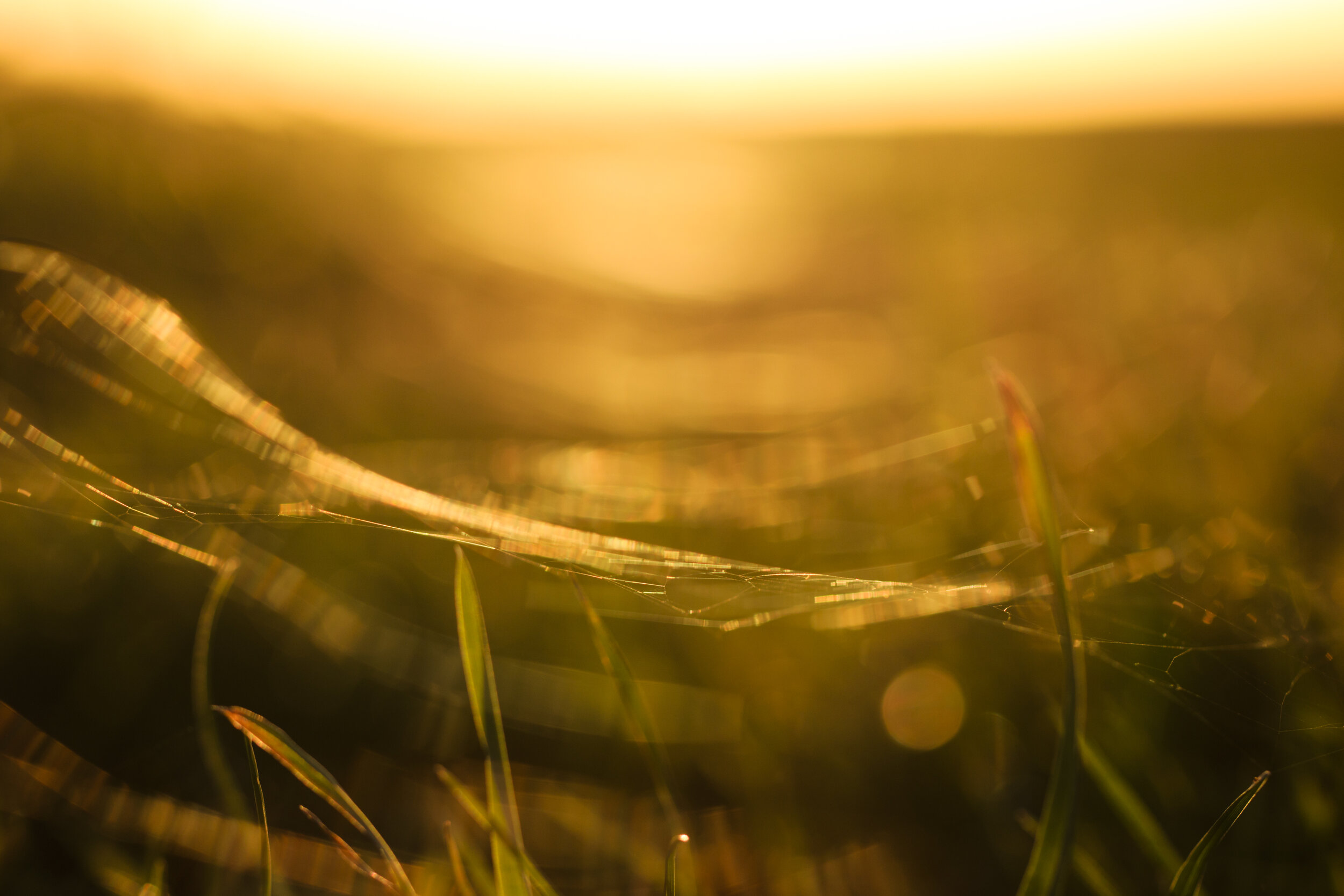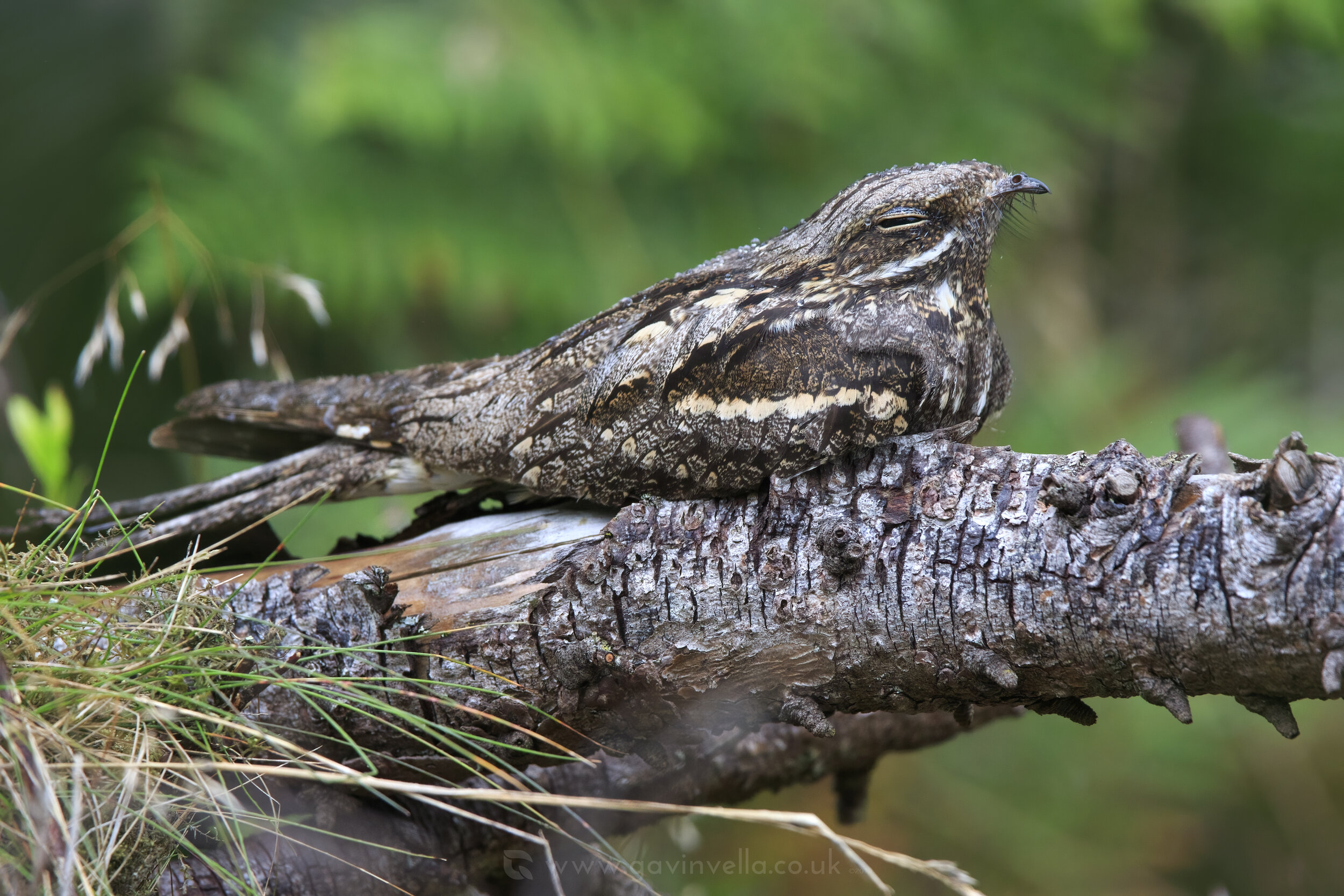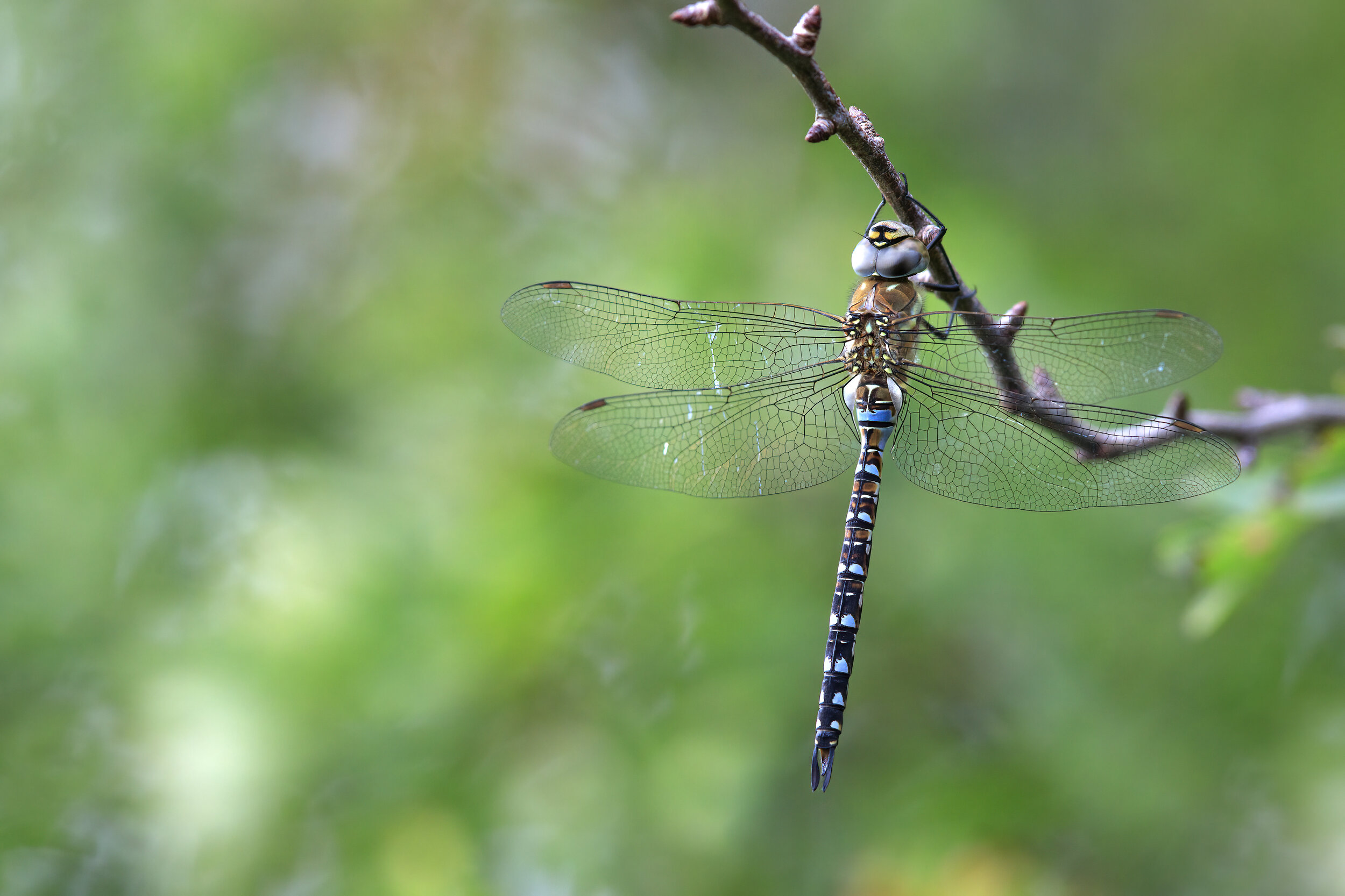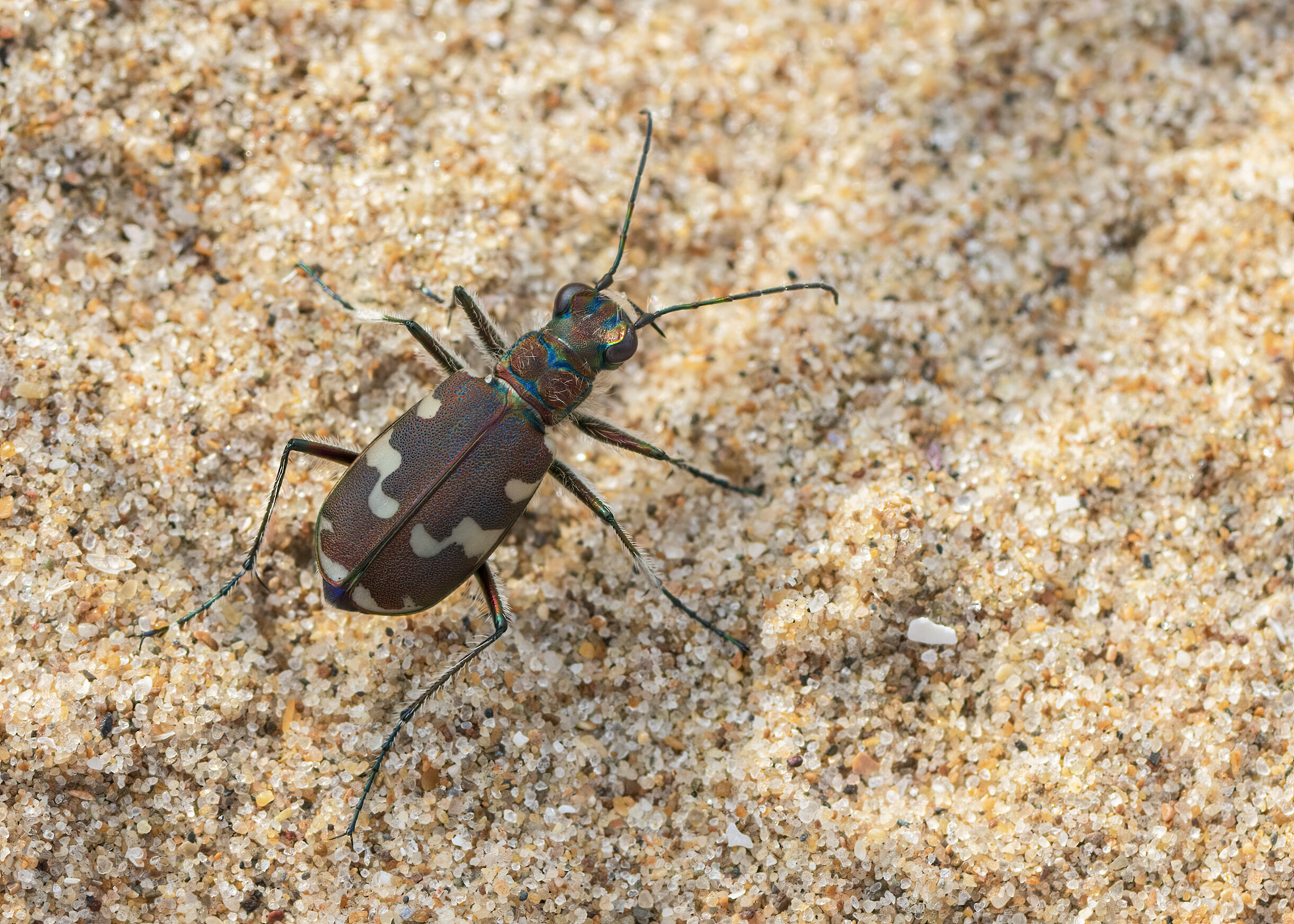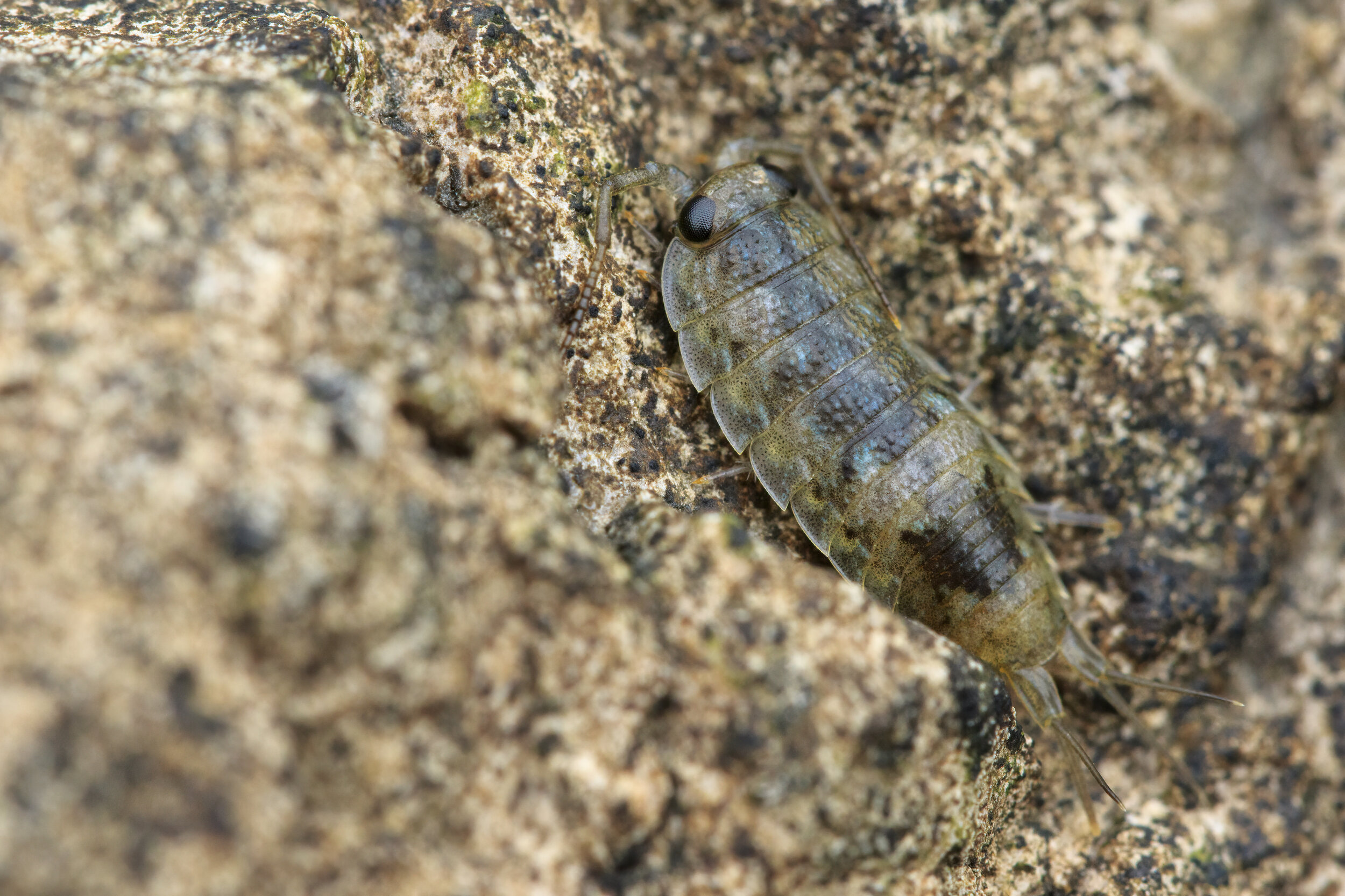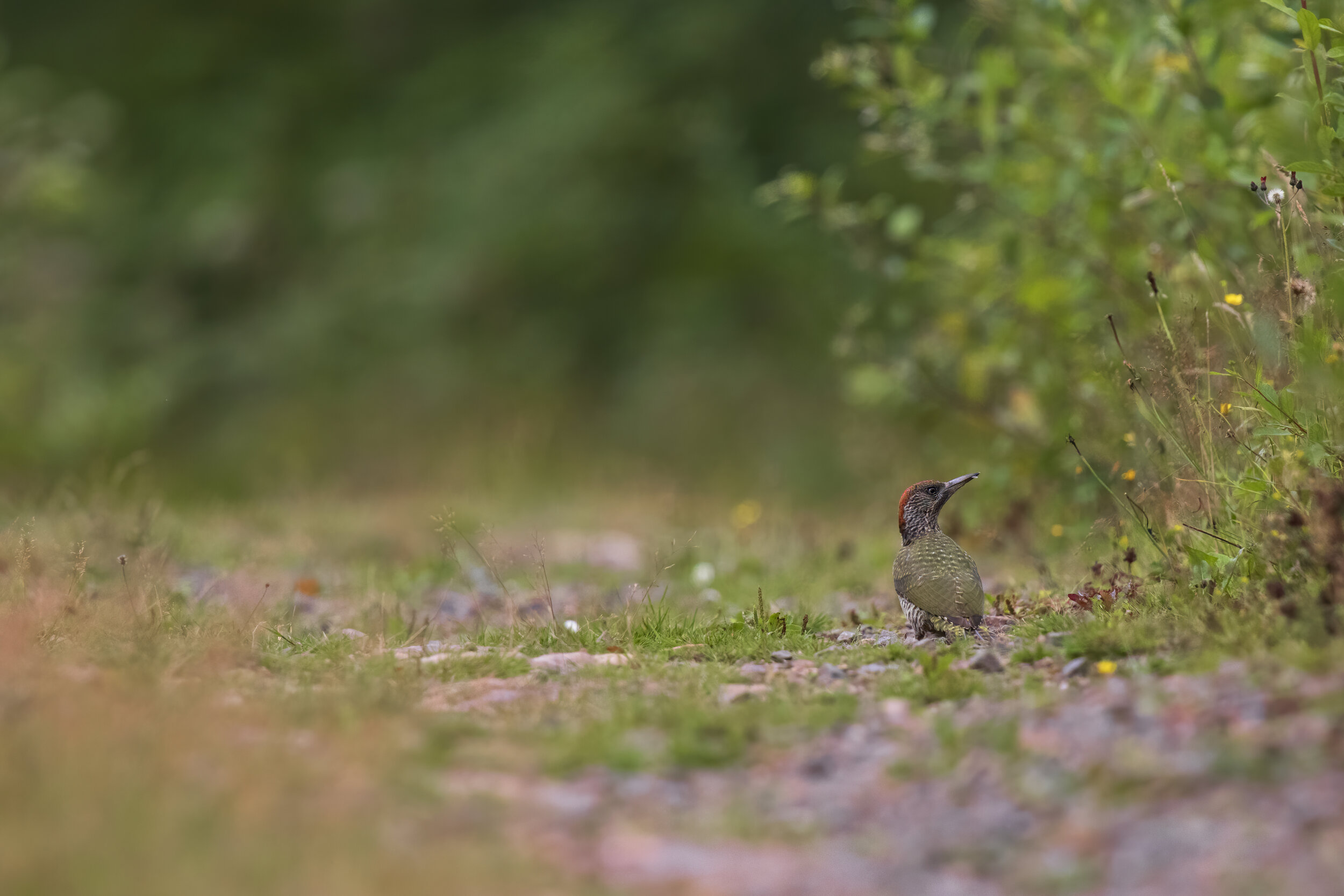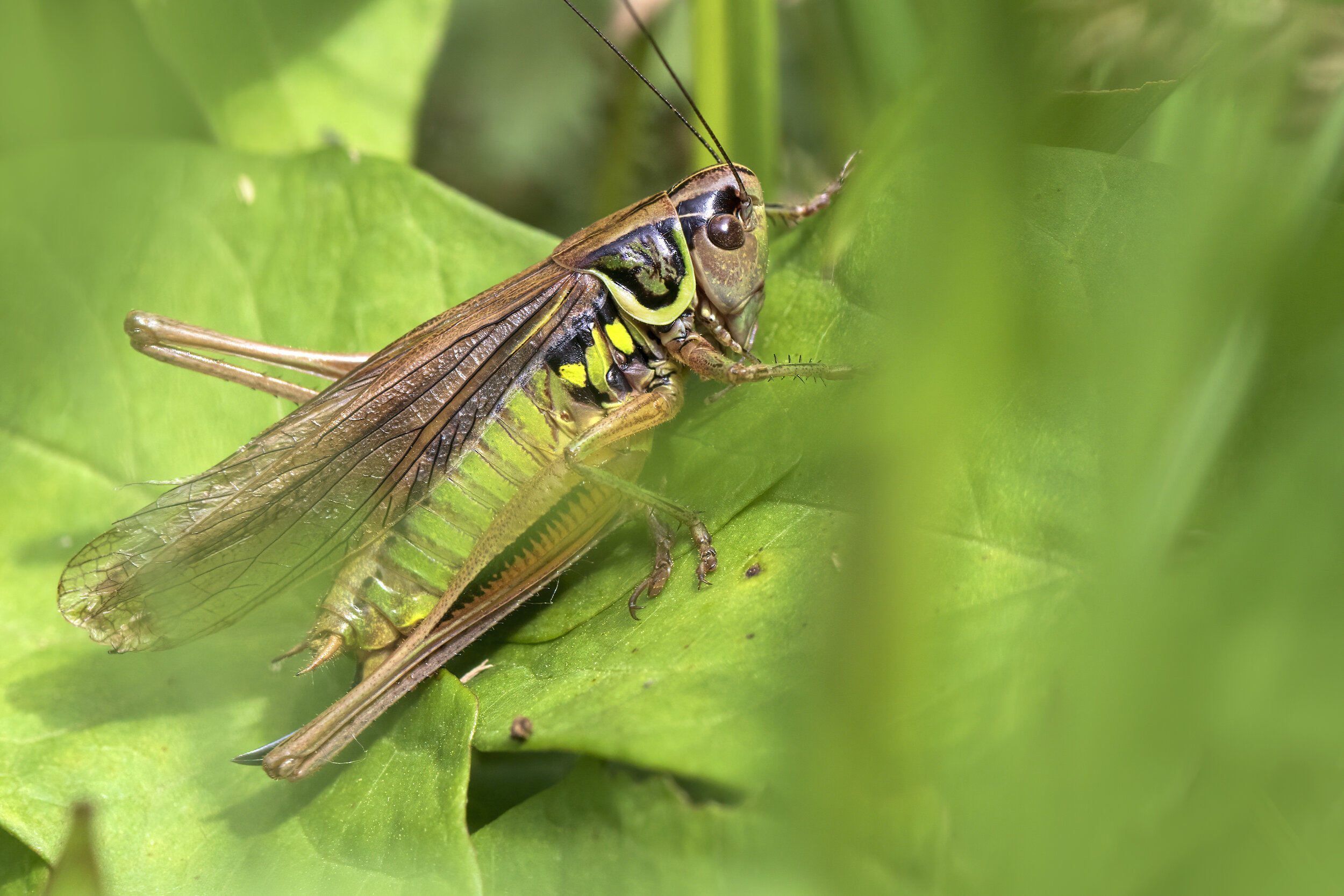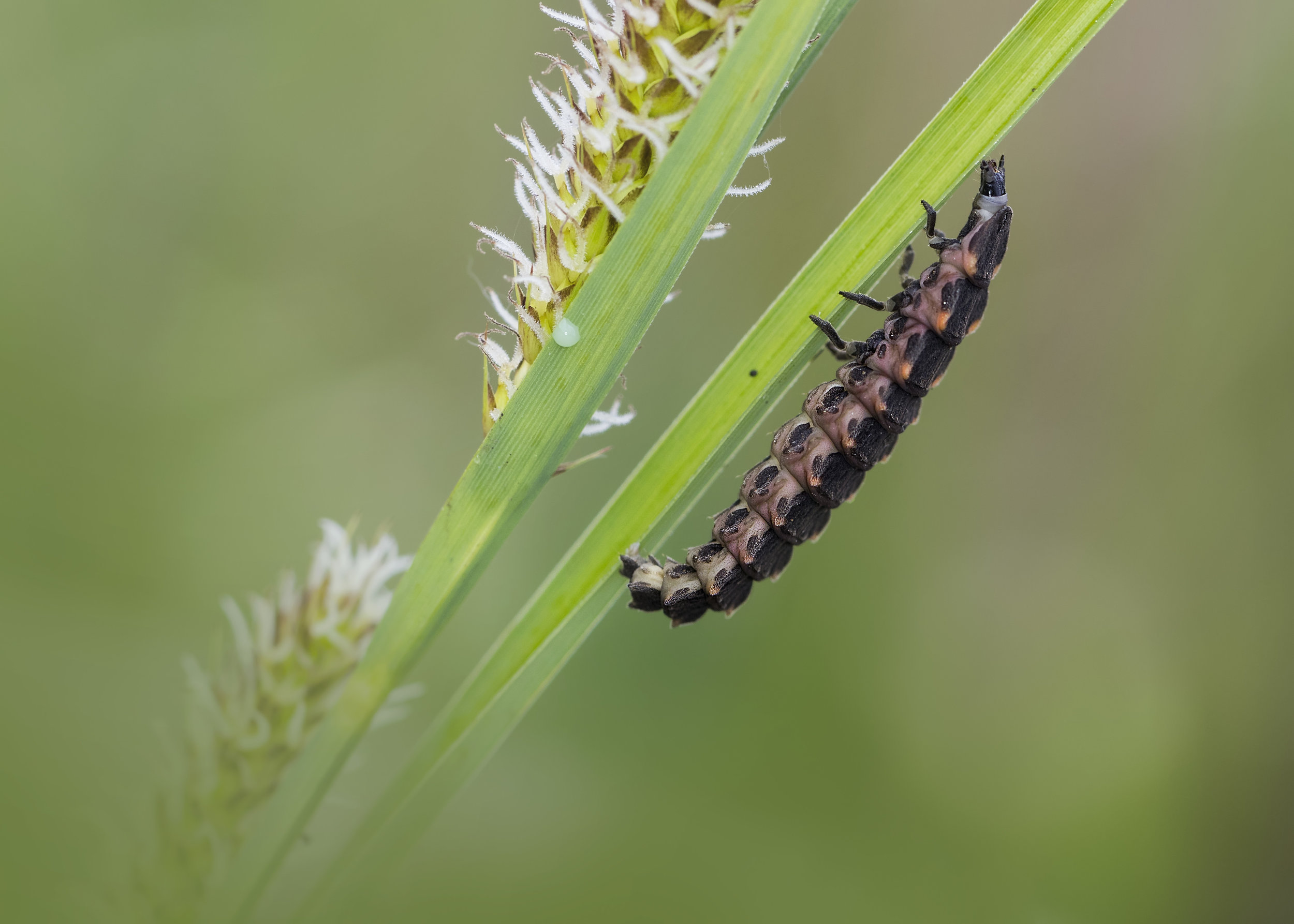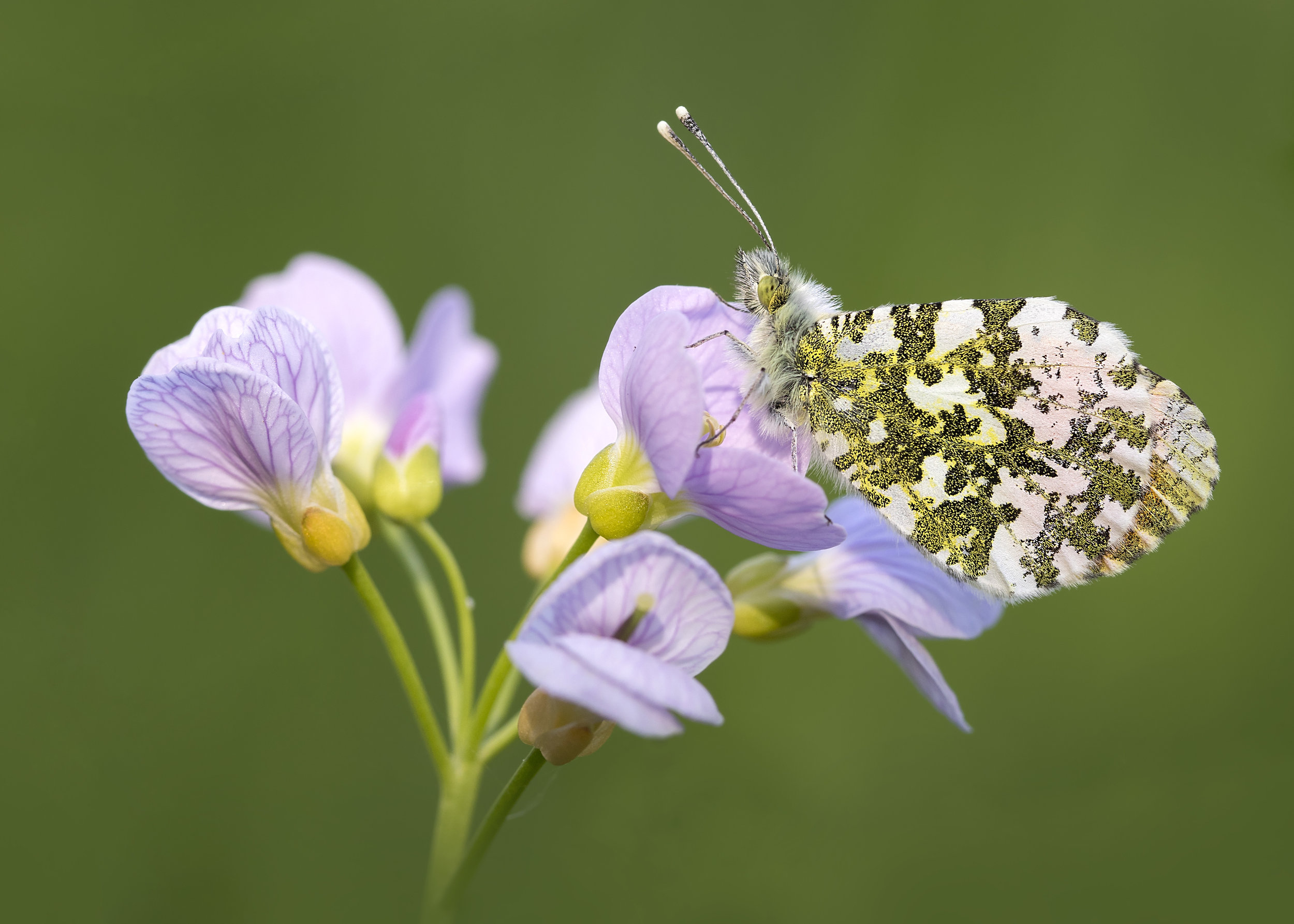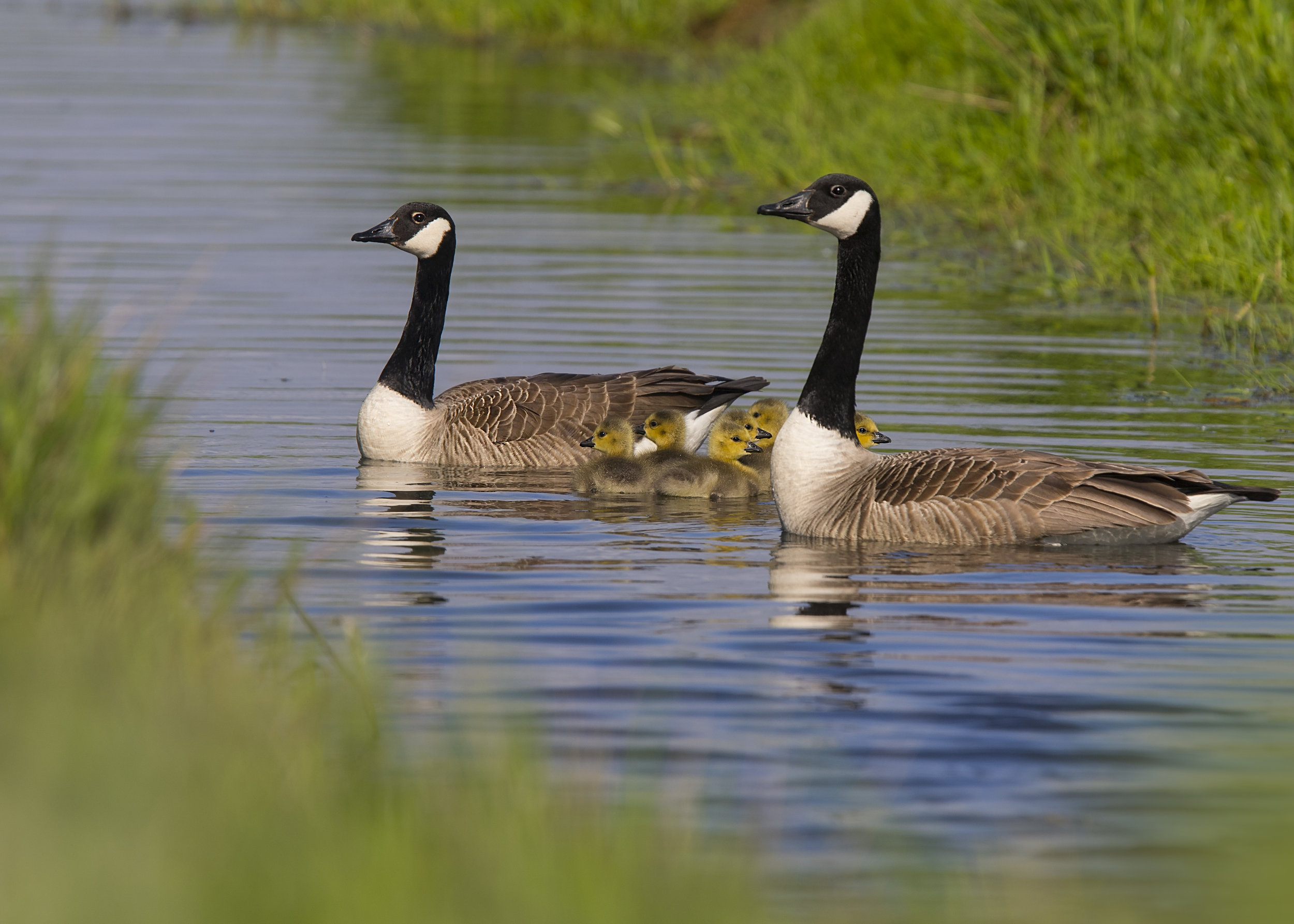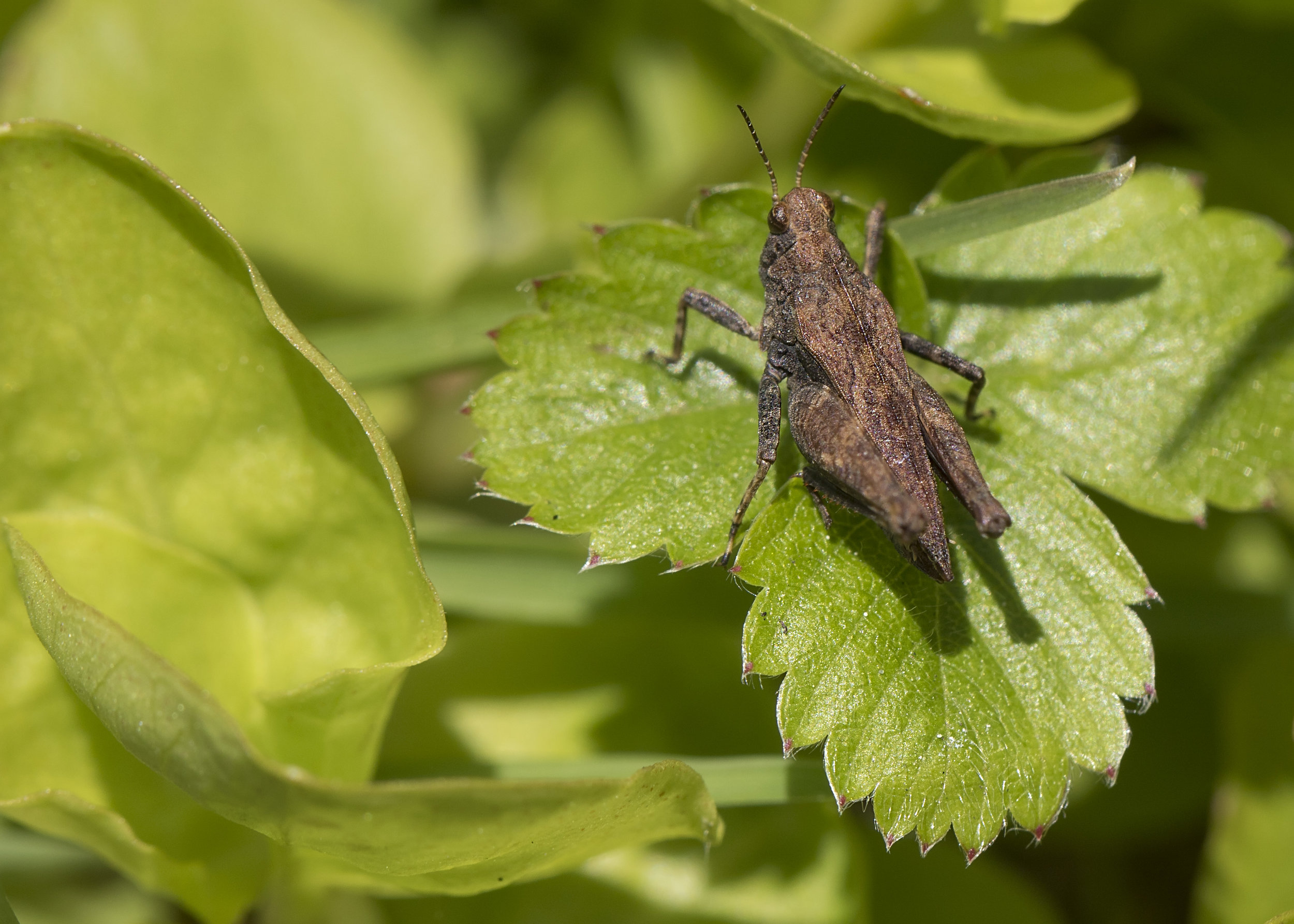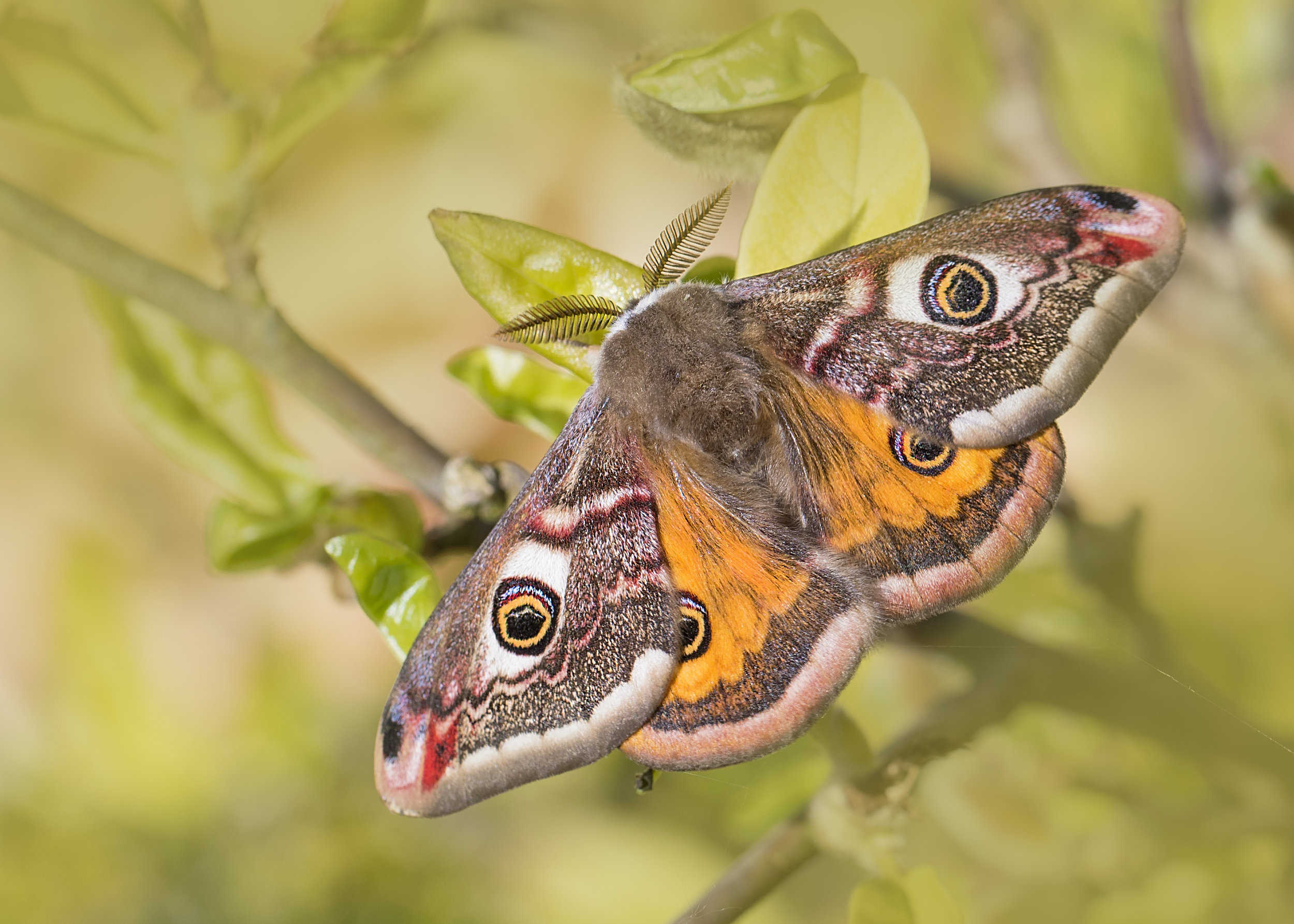I’ve always thought that spring was my favourite season, and it probably is. But I’ve got to admit, Spring wouldn’t be quite the same if it weren’t for those little signs in the winter period that mark the start of new beginnings. The more I learn, the earlier these signs are, which is really making be appreciate the colder months more. Between that, and climate change, Winters don’t feel nearly as long for me as they used to.. Daffodils have been sprouting in my Garden since early January and on the warmer days I’ve seen plenty of nest building, frog spawning and flowers emerging. One flower I always seem to miss though is actually from a Hazel Tree, as they are very small and being colourblind (with Red) I find them hard to spot unless I’m quite close up.
You’ll notice a lot more landscape shots than usual and that’s because I’m lending a lens from a friend (16-35mm) which is the widest lens I’ve ever used so I’m quite enjoying it. I’ve never really been bothered about landscapes, mostly because I’ve always used crop-sensor bodies which don’t exploit the full width of the lens.
In Our Nature CIC
Be sure to check out our event page as we start to dish out this years outdoor walks: Starting with a Bird Song ID walk and a Noticing Nature Walk, which was one of our most popular walk types last year.






















